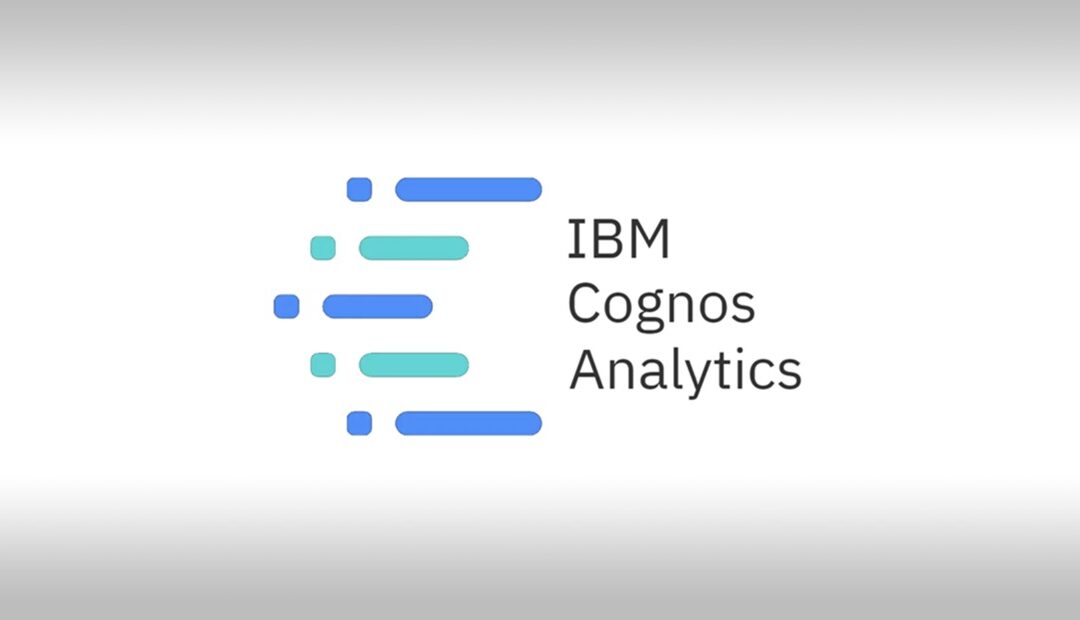[:en]IBM released Cognos Analytics 11.1.3 (R3) in July 2019.
Here is a summary of the primary new and changed features of this release:
Report Authoring
Target for bar and column visualizations – you can use the Target data slot in bar and column visualizations in reports, dashboards, and explorations to show measures that need to be compared against a target value.
Drill-through in a report on visualizations – Drill-through is the process of navigating from a source report, to a target report.
Changes to custom filter dialog in reporting – the filtering dialog on a visualization (Create custom filter) has been improved. There is a new search functionality and you can manually input items.
Updated report overview – contains information about the report such as the sources and parameters it uses, and the number of each type of object it contains.
Share your content by email
Dashboarding
Changes to default map style – the default map style in reports, dashboards, and explorations has changed visually
Data Exploration
Filter on relationship strength with the new slider – from an exploration, select nodes on the new slider to filter on relationship strength. For example, if you might want to see relationship strengths that are more than 30% and less than 80%. Move the first node on the slider to 30% and the second node of the slider to 80%.
Turn your exploration visualizations into a story – use the new Save as a story feature to make a copy of your exploration and convert it into a story. Each explore card is then converted to a scene in your new story.
Key drivers available for both continuous and categorical targets in the driver analysis and the spiral visualization.
Improved experience for comparing two visualizations – a new Compare toolbar button in an exploration makes it easier to duplicate a visualization and then automatically compare the data between the two. A summary of key information and differences between the two visualizations is generated.
Explore only the primary relationships in your data by default – You can turn on the secondary relationships view by clicking a check box.
Data Modeling and Preparation
Modeling enhancements – include enhancements in numeric data groups, using Excel data formats as default formats in data modules, zoom controls in the relationships diagram, and data module validation improvements.
Natural Language Capabilities
Enhanced Assistant capabilities – offers type-ahead support to improve usability, understands modifiers like aggregations and filters, and can generate a complete dashboard based on your data.
Read more about the new enhancements in R3 of Cognos Analytics in our blog article.
Contact NewIntelligence today to find out more about Cognos Analytics 11.1.4 or to migrate your existing Cognos environment to the latest and greatest version. The Fall version is slated to be released in early October 2019.

